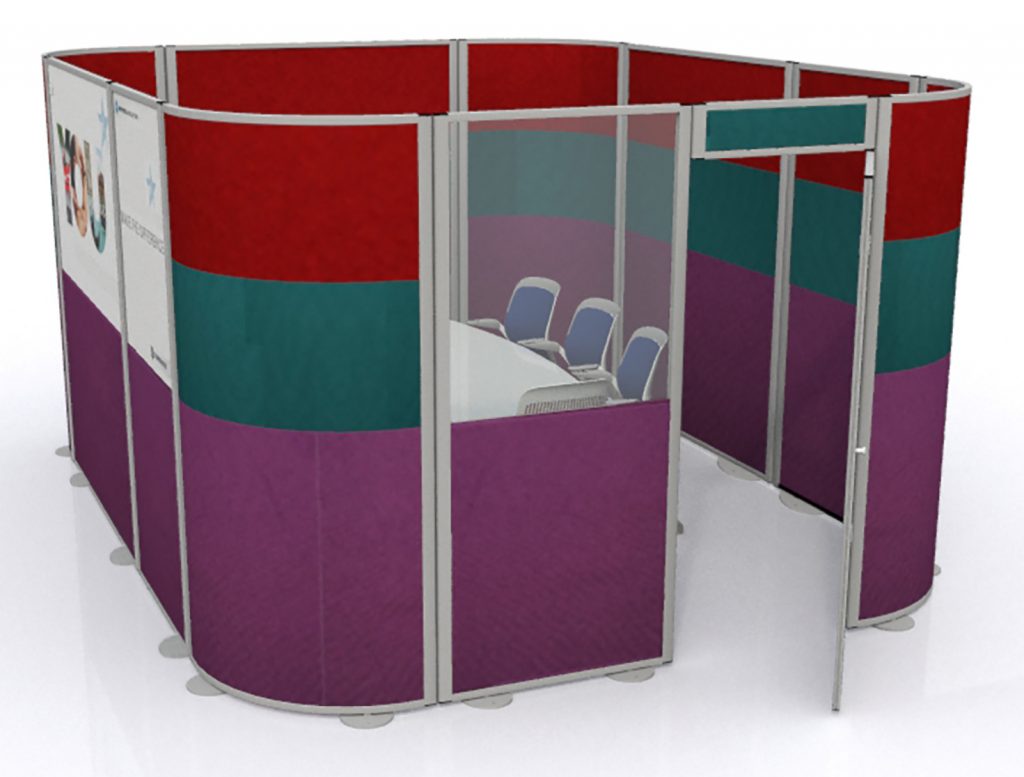Predictions for the Future Following the Uncertainty of 2016
2017 is set to be a year of uncertainty for British manufacturing, that we can be sure of. As the first steps towards triggering article 50 are well underway, the entirety of Britain is asking, ‘what comes next’? When the country emerged from the recession at the end of 2009, then Chancellor, George Osbourne, set out his aspiration for “a Britain carried aloft by the march of the makers”. In the seven years since, while the manufacturing industry has seen steady gains, it remains inexplicably far from the future Osbourne envisioned. That vision for British manufacturers was once again blurred by the nation’s decision to vote to leave the European Union.
The result poses many questions which we may not know the answer to for at least two years, which makes preparing for today a challenge. As the value of Sterling has dropped, in an ideal world, this makes goods commonly carrying the marque, ‘made in Britain’, cheaper to export. In the days following the referendum, this is true to an extent. However, it glosses over multiple factors which also significantly impact British manufacturers. While exporting to countries abroad may be beneficial, the increased cost of importing is neglected. According to the latest press release from the Office for National Statistics, Britain is importing £38.8bn while exporting £26.1bn, creating a substantial deficit.
The State of British Manufacturing as 2017 Commences
More than six months have now passed since the referendum vote and the proverbial dust has settled, for now. While the economy took an initial hit, it has steadily been growing once again amidst increasing inflation. In terms of manufacturing, IHS Markit released the promising results of its survey, the Markit/CIPS UK Manufacturing PMI. Surveys with over 600 companies revealed increased demand from the US, Europe, China, Middle East, India and other Asian markets. In the three months following the referendum, their results revealed a drop in factory output, however in the months since that output has grown to above average levels.
So, the demand is there, which is good news for British manufacturers at the time of writing. While the Sterling remains relatively weak, it’s a great time for exporters to begin reaching out to more foreign clients. This does, however, raise a question for domestic manufacturers. Generally, during periods of economic uncertainty, consumer spending tends to fall, leading to decreased sales and lower factory output. Early reports suggest that this is yet to happen, although British manufacturers should be prepared in the event that it does curtail in the months and years to come.
Provisions for British Manufacturers
Foreseeing what will happen in 2017 is tough to predict at this moment. What we do know is that the infamous, ‘article 50’ is likely to be triggered next month, in March. Theoretically, that should mean Britain will have left the European Union by April 2019. However, many speculate this process could take even longer. Once this is triggered, Britain can begin to negotiate its exit, although any trade deal is unlikely to be completed on the same time scale. To put things simply, the whole break-up process will be extremely complex. Therefore, it is necessary for British manufacturers to begin to prepare for a range of different scenarios rather than gambling on one.
One element to consider is the impact which immigration can have on factory workers. Early reports suggest that migrants from the EU currently in Britain will be allowed to stay following Brexit. However, the ‘flood of immigrants’ is likely to become more like a trickle as European workers look to make the most of the EU’s free movement of labour. Furthermore, as we discussed earlier, the cost of importing components from abroad has already and could potentially continue to increase. In order to accommodate this, British manufacturers may have to look at renegotiating their deal, looking for an alternative or find a domestic supplier.
Theoretically, the drive towards leaving the EU suggests that looking at domestic options could yield success in the future. In the labour market, employees are likely to come from a local background, opening the debate over apprenticeships once again. As Britain drives to become more self-reliant, its manufacturers who should look at home to find manpower and resources. The aim then would be to target the ‘global marketplace’, which should become more accessible once Britain’s exit from the EU is complete.
What Can We Hope for from 2017?
For now, British manufacturing is on the up. Factory output has been increasing, which is primarily driven by a growth in exports. Meanwhile, the uncertainty which caused consumer confidence to tremble appears to have settled for now. Once article 50 is triggered, nothing significant immediately changes, however, the markets and Sterling may take a hit as Britain commits to leaving the European Union. All the rhetoric coming from Westminster is talking about accessing ‘global marketplaces’ and the weak state of the Sterling means that there has never been a better opportunity to export in recent years.
Finding ways in which to access new markets is where challenges begin to arise. The British Chambers of Commerce is a great place to start if you are looking for advice for reaching out to certain regions. Meanwhile, for smaller businesses, a website is the ideal tool to reach out to customers abroad. This can be a challenge, however, it can provide a cheaper route than more traditional methods of exporting. If required, you could even hire a freelancer to localise your site in another language if there is a specific market you are looking to target.
Rap Industries are a UK-based manufacturer of office furniture and exhibition stands. Established over 40 years’ ago, Rap Industries creates bespoke office screens, acoustic pods, room dividers and exhibition stands for clients. For further information, please call 01733 394941 or send an e-mail to sales@rapind.com.
